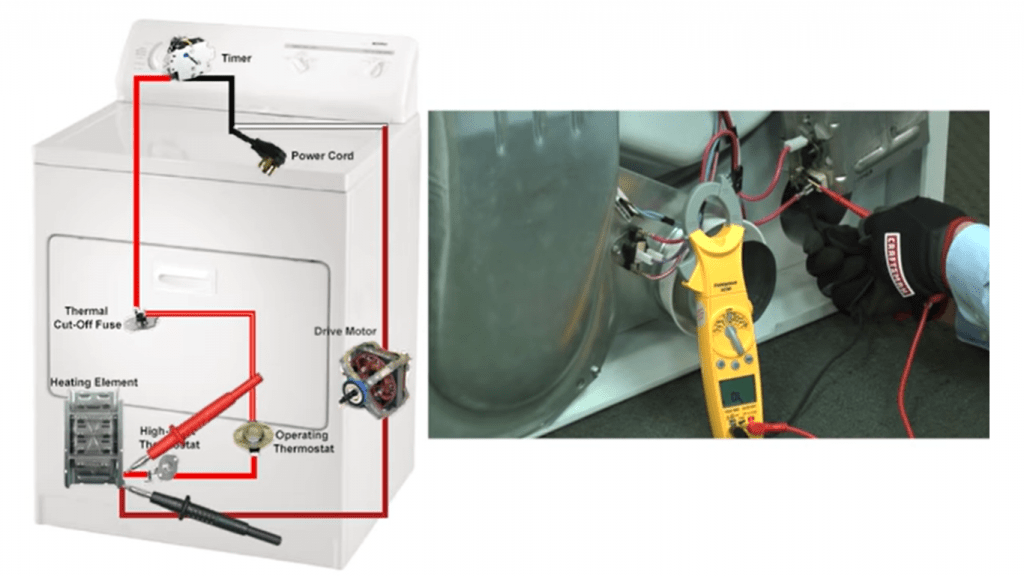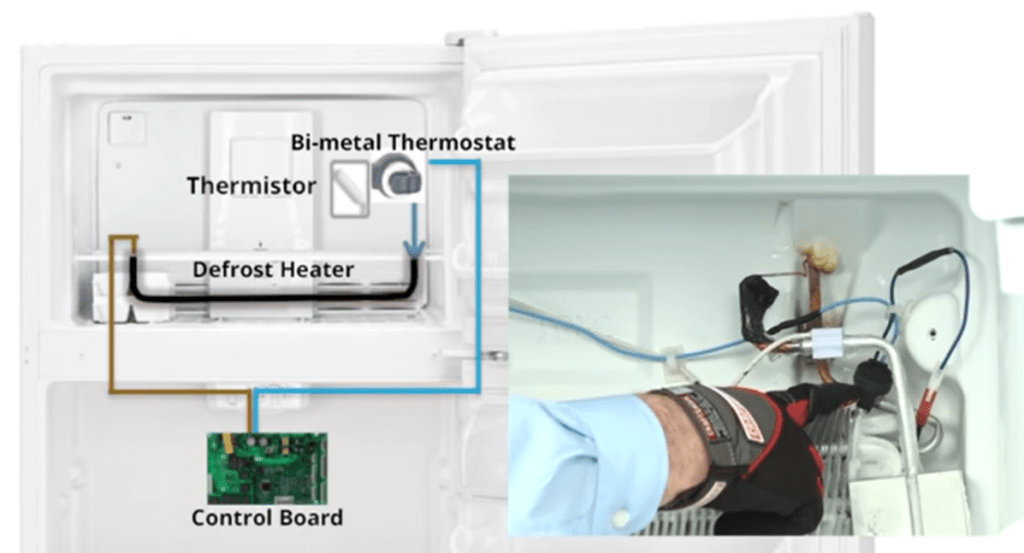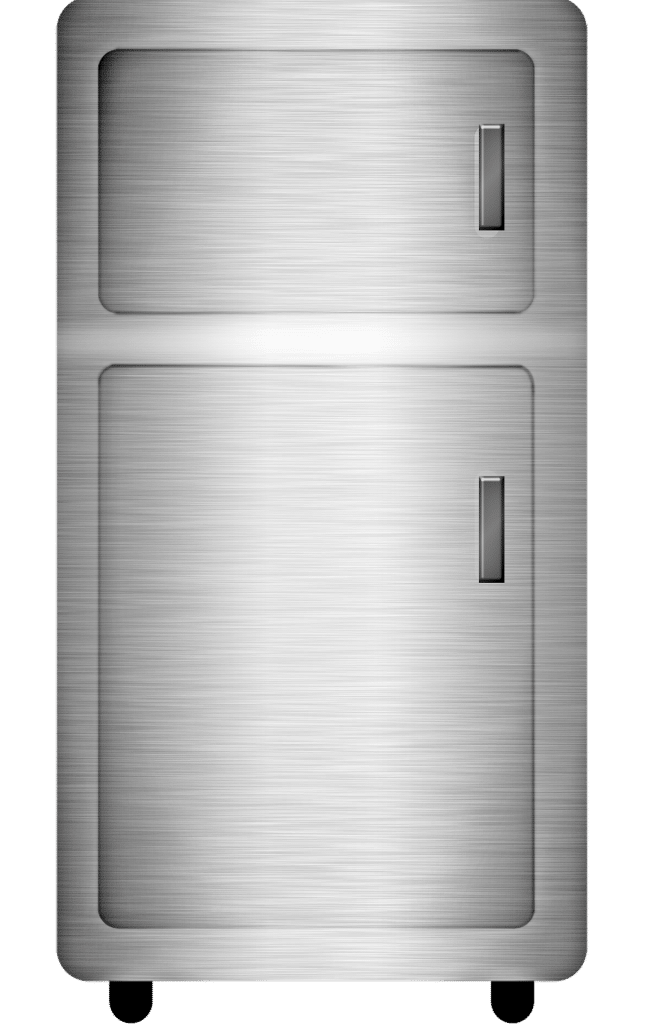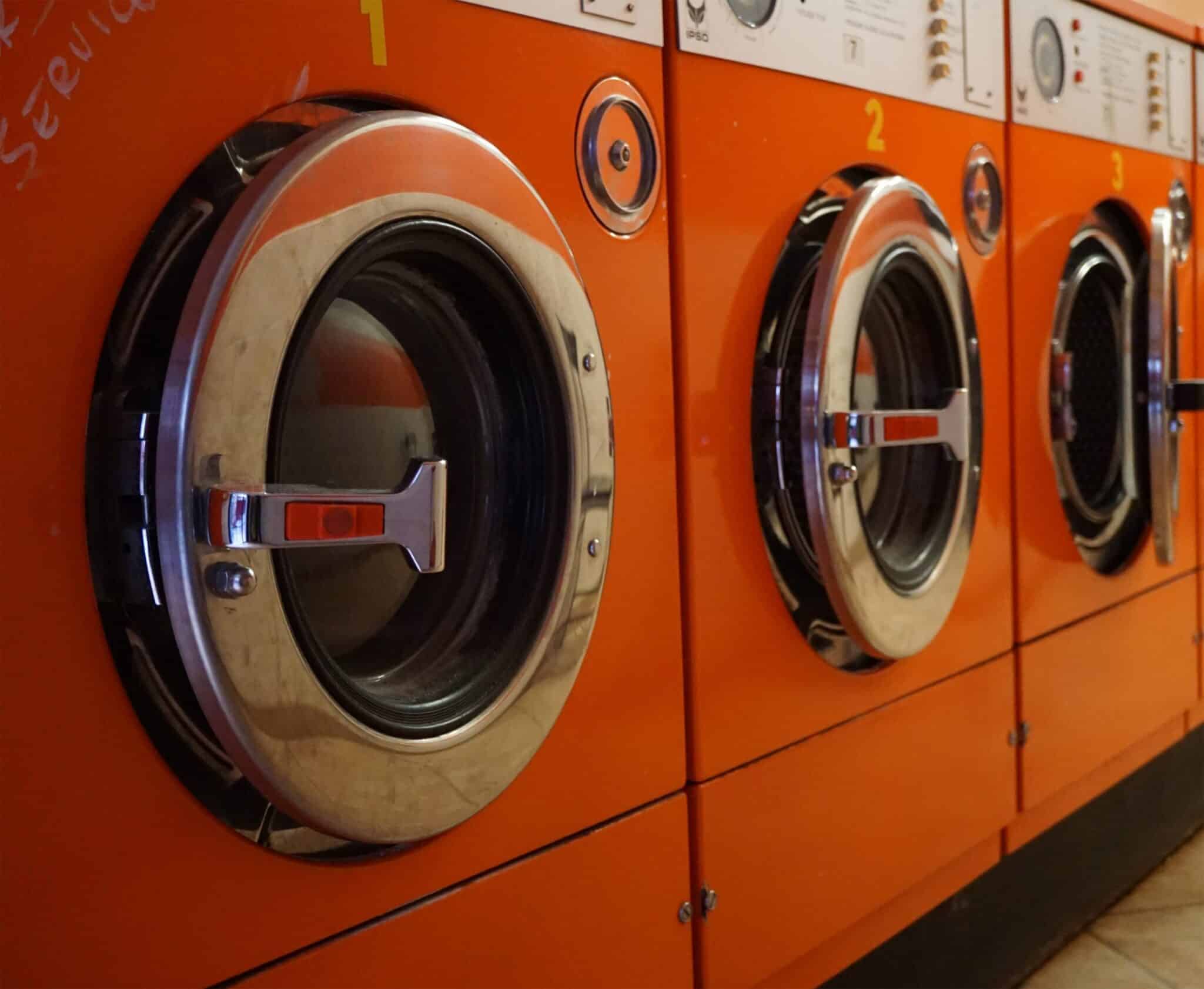One of the most common problems you’re likely to encounter with your oven is the door lock malfunctioning. Sometimes the oven door won’t unlock if there’s a problem with the oven door lock mechanism. There are several reasons why you are going to have the problem with the oven door lock not working as it should under normal circumstances. You may begin to have the problem with the oven door not unlocking after using the self-cleaning feature. During self-cleaning, the oven door won’t unlock for safety reasons until the oven has cooled down to the normal room temperature. But if you happen to lose power or disconnect the appliance from power while the self-cleaning process is underway, the lock motor won’t complete the cycle to unlock the door.
Troubleshooting to fix oven door won’t unlock problem
In order to effectively fix the problem with your oven door not unlocking, you may have to reset the lock motor or test to make sure it’s not broken.
Reset the door lock motor
Pull your range off the wall and make sure to disconnect it from the power. You will have to remove the back panel in order to access the lock motor assembly. Remove the screws holding the lock motor assembly in place. Pull the lock motor assembly down in a forward tilted position in order to release the door latching rod and unhook the locking end of the rod from the drive cam. Then you can push the rod forward and easily open the oven door. Make note of the drive cam position and the hole into which the locking rod fits into. Unscrew and remove the drive cam before rotating it 180 degrees from the position where it was when locked and put it back into its place where it locks into the motor shaft. The switch arm should be aligned properly on the side edge of the drive cam before you install back the screw. The Locking rod should be hooked back into the drive cam before you can secure the motor bracket assembly back onto the range with screws. After this, you should be able to cook with your range oven once again.
Test for broken door lock motor
If your oven has a bad door lock, you are likely to get the door stuck again anytime you run the self-cleaning cycle. You need to test the lock motor circuit using a multimeter to test for electrical continuity. The back panel should still be off to allow you to do this while you must always make sure the appliance is disconnected from power while checking for continuity. Locate the two electrical wires going into the lock motor and disconnect them. You will then need to measure ohms for resistance across the terminals of the lock motor. If there’s no continuity, you will have to replace the bad motor. But if there is continuity, you may want to check the wire harness for a possible break.
Check for a break in the wire harness
Connect back the wires on the lock motor and remove the upper back panel where the electronic control board is located. Identify two wires from the motor going into the electronic control board. Disconnect these wires from the electronic control board terminals and check for continuity across the wires using the multimeter. If you don’t detect any continuity, then you have to repair the broken wire harness. If there’s continuity, then both the wire harness and the lock motor are good so it could be that the electronic control board is not sending current to the lock motor. The electronic control board should be replaced in that case.
Oven door lock replacement
To replace the oven door lock assembly, make sure the appliance is disconnected from power then remove the back panel. Remove the screws holding the door lock assembly in place to set it free from the locking rod. Put a new door lock assembly in the same place where you have removed the old one and install the screws back. Now you can just disconnect the wires from the old door lock assembly into the new one. After that, you can put everything back together and connect the oven back to the power ready for use.
Here Are Some Of The Most Popular Areas We Service:
Weston, Sunrise, Pompano Beach, Pembroke Pines, Parkland, Oakland Park, North Lauderdale, Margate, Lighthouse Point, Fort Lauderdale, Davie, Coral Springs, Plantation, Tamarac, Deerfield Beach, Miramar, Hallandale, Lauderhill, Hollywood, Orlando, Cooper City, Coconut Creek, Lauderdale Lakes, Dania
The post How To Replace A Range Oven Door Lock Assembly first appeared on Appliance Repair Fort Lauderdale.
How To Replace A Range Oven Door Lock Assembly syndicated from Appliance Repair Fort Lauderdale



